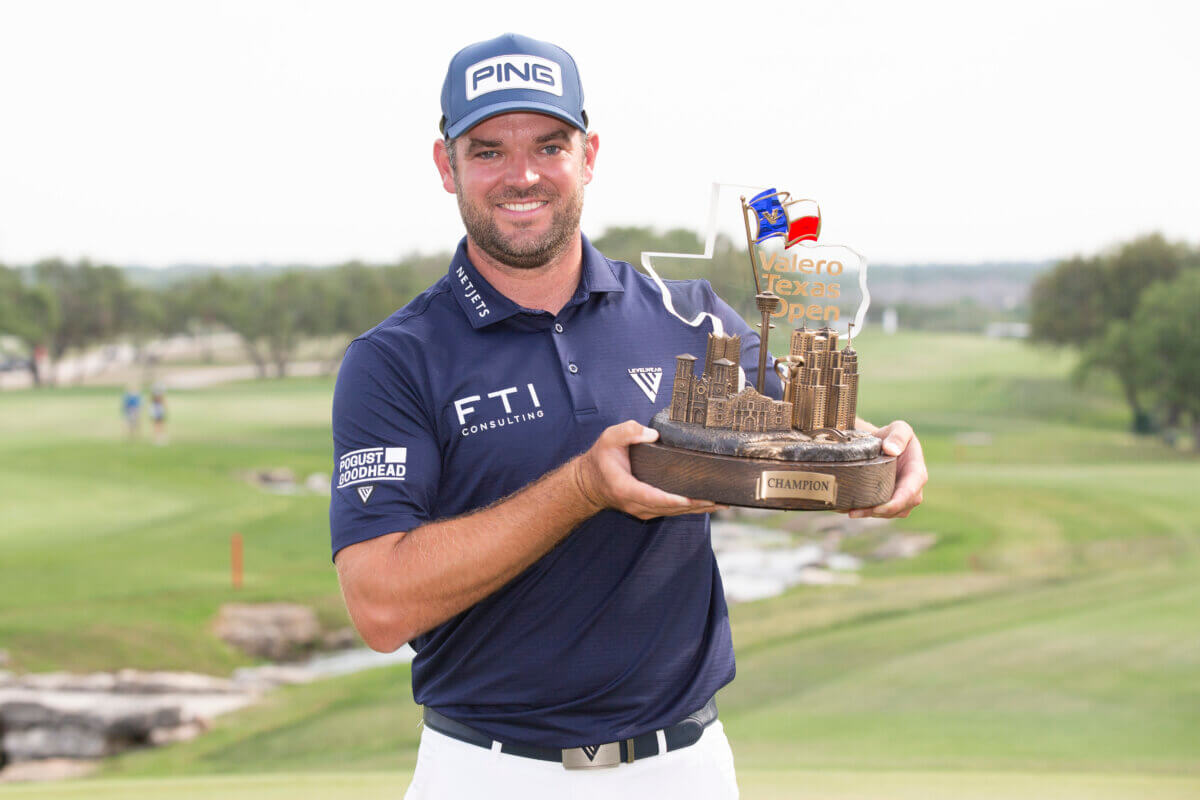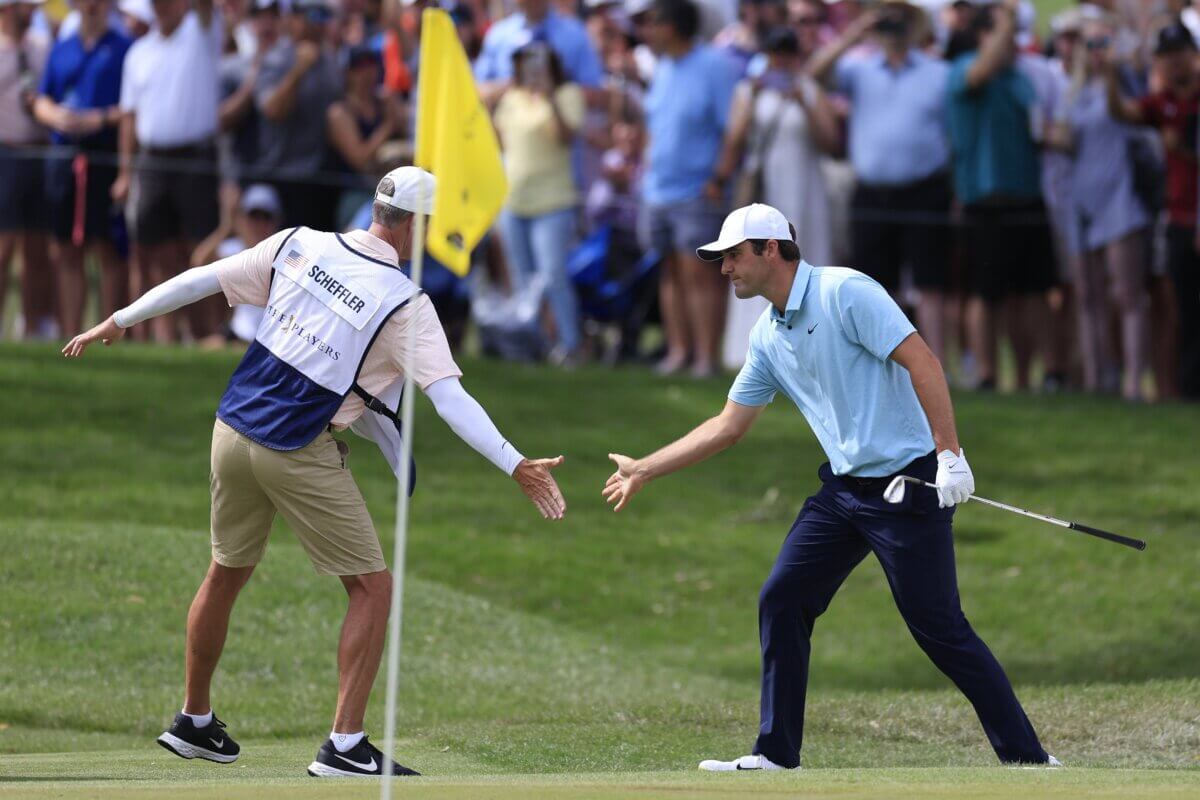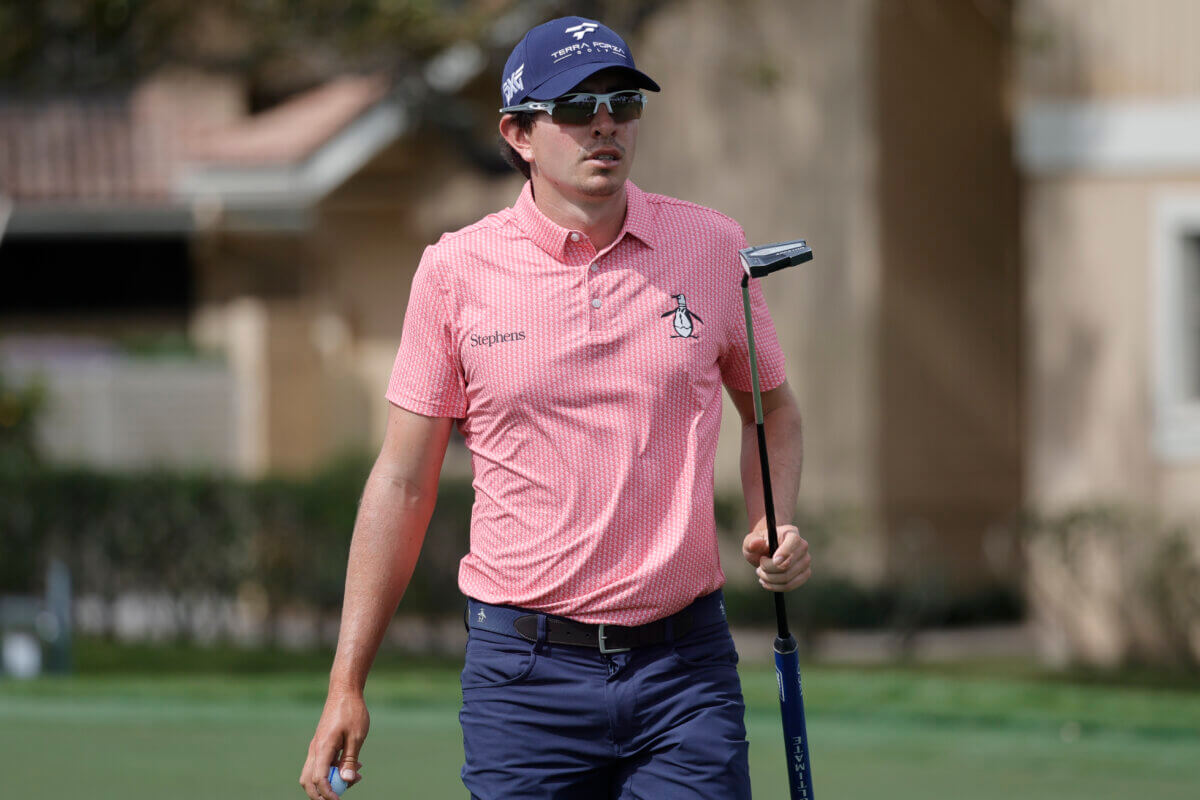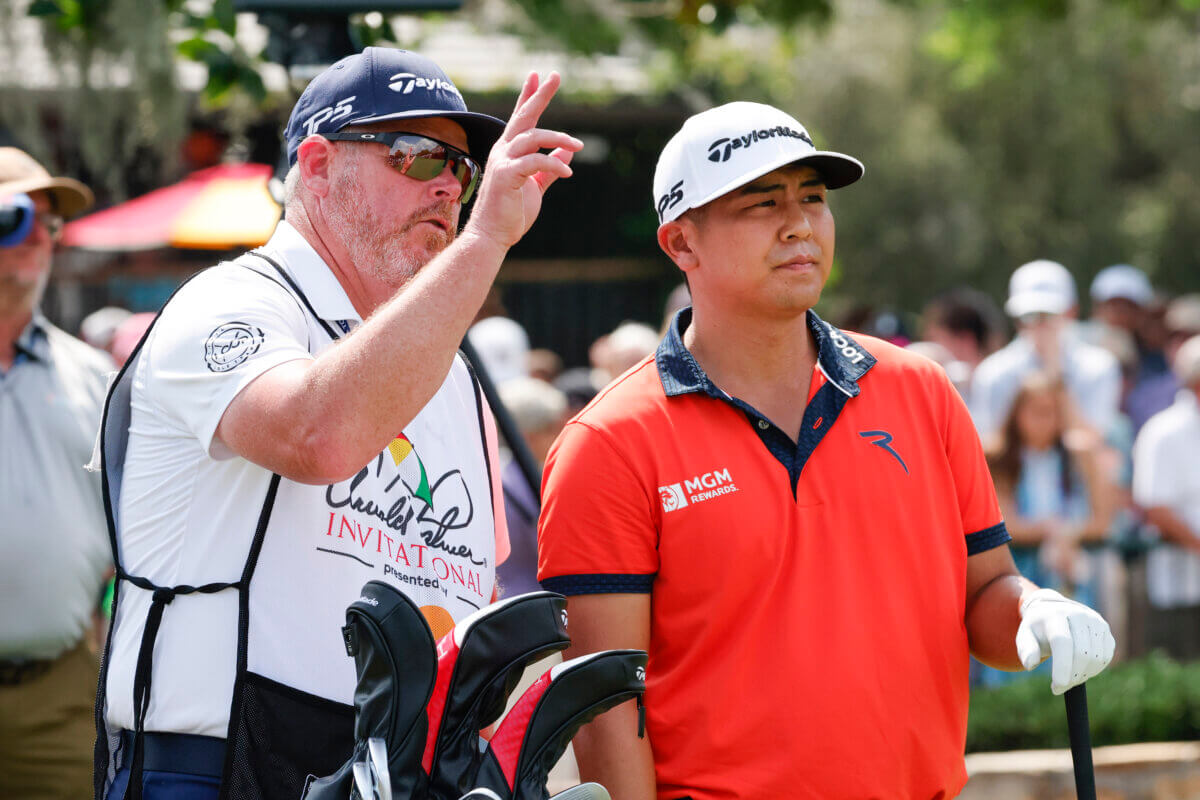Poised for 19th Masters as a caddie, Paul Tesori knows Augusta National doesn’t require perfection
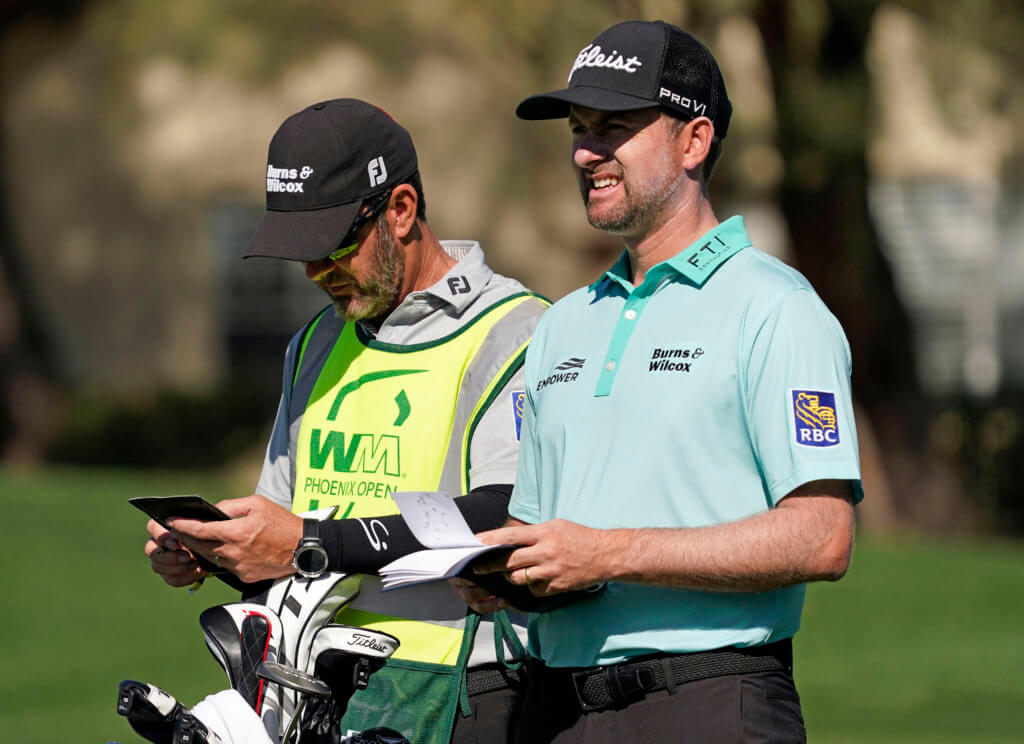
Paul Tesori put on the white coveralls for the 19th time this week. He’s watched Augusta National change from a short, fun course to a long, demanding brute, remaining a hard walk and stiff challenge each step down the fairway.
His yardage book loaded with notes, Tesori has seen the course in every conceivable condition. That wealth of knowledge has helped his pro, Webb Simpson, to consecutive top-10 finishes and given Tesori precise insight on what’s required to win the Masters.
Everyone understands power is an asset anywhere and particularly at Augusta, enabling a player to handle lengthy par 4s like No. 5 and No. 11, assault the par 5s and hang around the leaderboard until late on the weekend. But an elite ability to pitch the golf ball is the thread binding every recent champion. From Woods and Mickelson to Reed and Spieth, with Zach Johnson and Trevor Immelman sprinkled in between, every Masters champion has possessed touch around the greens superior to the field. The ability combined with course management is what’s allowed veterans like Bernhard Langer to remain competitive well past their prime.
RELATED: Why do caddie wear white jumpsuits at the Masters? | After nearly 30 years as a Masters patron, Lance Bailey gets first crack as a Masters caddie
And in recent years, it motivated Simpson to revamp his short game under the guidance of coach Pat Goss, lessons Tesori reinforces with his boss in the weeks leading up to the Masters.
“If you’re a fast spinny chipper or a soft non spinny chipper (Augusta National) will show your butt out the door. You have to be able to control your softness and your spin at Augusta. There are too many shots where you have to have both,” Tesori said.
For the first half of his Masters caddying career, Tesori viewed Augusta National as a course demanding precision, if not perfection. His thoughts on the skills required to win the tournament shifted during a Masters practice round in 2010 based on a conversation between Phil Mickelson, then a two-time champion, and Tesori’s boss at the time, Sean O’Hair.
“Phil was playing terrible,” Tesori recalled. “He was like 9 over on front and 2 over on the back, put his arm around Sean and said it’s the one golf course the entire year where you have to be the least amount of perfect. I had always thought about it the other way around, like we’re trying to hit a 4-iron into a four-yard window on the green … but what Phil meant is you miss it in the right spot you can make par, Phil ended up winning that year … it’s so true.”
Tesori’s career at the Masters began in 2001, on the bag for defending champion Vijay Singh.
A former PGA Tour player who has shot 69 from the tips at Augusta National, Tesori described himself as an “anxious, nervous golfer” but said he’s never felt those emotions as a caddie. Not even in his debut on such a stage.
“I was a little nervous, but more in awe, and thinking, all my buddies are at home right now about to watch,” he said. “I just remember thinking this is incredible.”
The knowledge he’s accumulated is a comfort to Simpson.
“He’s very comfortable around here,” Simpson said prior to the 2020 Masters. “He’s got endless notes in his yardage book from the years, so when we play practice rounds we’re just going through those tendencies that he’s written down through the years, just kind of reminding ourselves what the tendencies are on the greens, the way the ball runs in these fairways.”
Preparation fuels success for any player-caddie team. The process is magnified at Augusta National. During slow 9-hole daily practice rounds, Tesori and Simpson discuss the proper places to miss the greens and practice from those spots. They understand why a pro must aim 20 feet right of the front left hole location on No. 9, even with a 9-iron in hand. They hit and relearn putts that defy the eye, bending toward Rae’s Creek, the course’s lowest point.
“The biggest thing is off the greens and why I feel comfortable now, understanding with my eyes closed where you can’t miss it or where you can,” Tesori said.
The course is constantly changing, from year-to-year. Some amendments are obvious like the addition of hundreds of trees. Others are subtle – a raised mound or softened slope – and require a veteran caddie to walk and study the course anew early in the week.
“Augusta is one of those places,” Simpson said. “You can learn something new every time you play it no matter how many times you’ve been here, new lines on putts, new ways to bring the ball back off these hills. I think that’s what makes this place so special.”
The course presents unique challenges. Fades demanded from right-to-left sidehill lies, like the second shot on 13. Or wedges that simply won’t spin, such as a third shot from the downslope on the par-5 15. It’s not everywhere pros face an 8-foot putt that breaks two feet.
In general, the greens have been slower and softer in recent years than they were in the early 2000s when the course was 600 yards shorter, Tesori said. On Tuesday, Mickelson described them as some of the softest on the PGA Tour over the last decade. That’s unlikely to be the case this year after Dustin Johnson set the scoring record last fall and dry weather this spring has created a firmer, faster layout.
Knowing where to miss and having the ability to recover will be more important than ever. Simpson’s mental toughness and touch give him a chance even when he’s giving up 30 yards or more off the tee to the game’s other elite players.
“If you miss it in the right spot and have a great chipping and putting week,” Tesori said, “ a shorter hitter can still win the golf tournament.”

